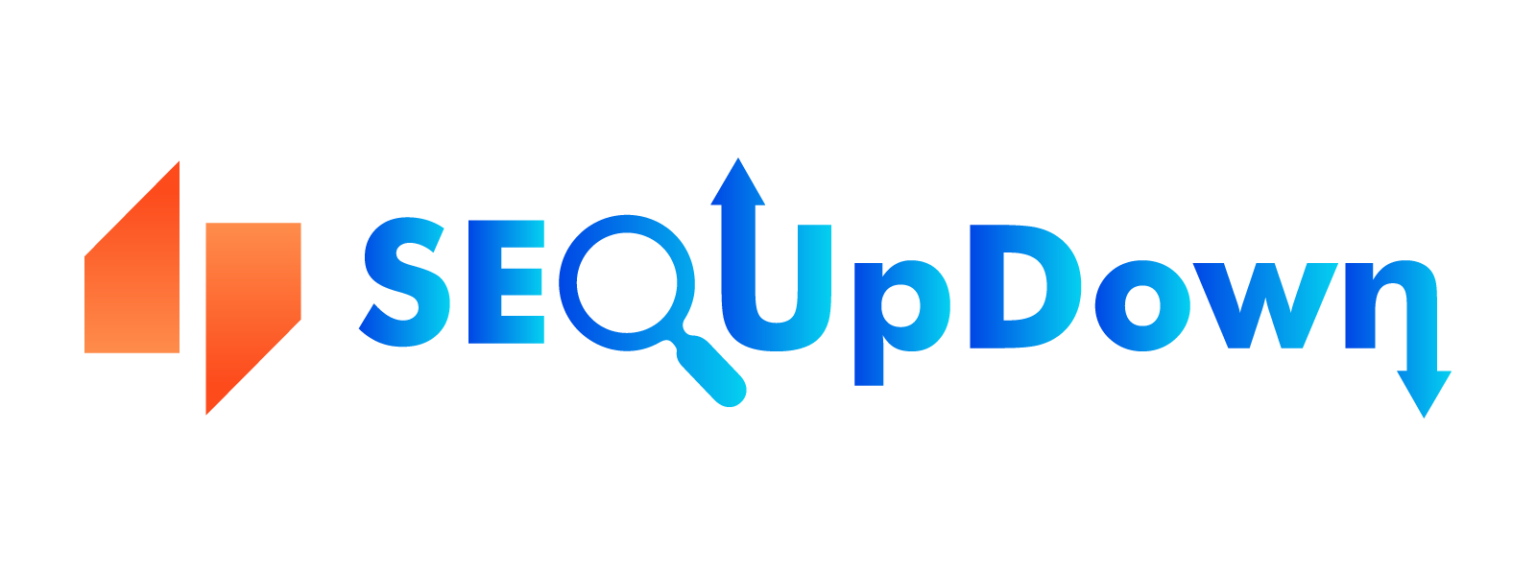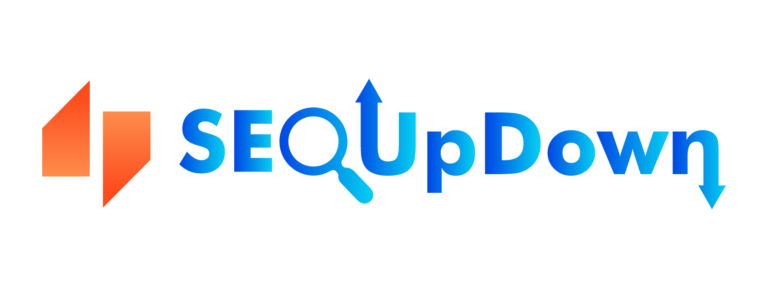
Introduction
Definition of Technical SEO
To increase a website’s rankings in search engine results pages, it must have its technical aspects optimized (SERPs). Search engine optimization (SEO) is the process of enhancing a website’s structure, code, and other technical characteristics to improve its visibility in search engine results.
Importance of Technical SEO
If you want your website to perform well in search engines, you need to focus on technical SEO. Poor visibility and rankings might occur from search engines having trouble crawling and indexing your website if sufficient technical optimization has not been implemented. Enhancing a website’s speed, mobile friendliness, and usability are all areas where technical SEO can help.
Whether you’re just starting or are an SEO expert, you’ll find something useful in this piece.
Technical SEO Basics
Site Architecture
The architecture of a location is its fundamental structure. Sites that are easy to navigate benefit both visitors and search engines.
Navigation and Menu Structure
The menu structure of a website is its navigation and menu structure. The time and effort spared by a well-organized menu will be appreciated by users. It can also aid search engine crawlers in comprehending the structure and hierarchy of a website’s pages.
Think about the following to improve your site’s menu and navigation structures for technical SEO:
- Preserve cuisines’ focus on the essentials.
- Label dishes with helpful information.
- Reduce the number of options in the menu to boost usability.
- Breadcrumb links are a great way to help people and search engines navigate your site’s structure.
URL Structure
The URL structure of a website describes the hierarchy of URLs. URL structure is important because it tells users and search engines what the page is about before they even visit it.
The following should be taken into account while crafting an SEO-friendly URL structure:
- URLs should be keyword-rich and descriptive.
- Always use basic, short URLs.
- In URLs, separate words using hyphens.
- If you want to rank well in search engines, you should stay away from parameterized dynamic URLs.
Internal Linking
Connecting one page on a website to another is known as an internal link. When a website has good internal linking, it’s easier for both search engine spiders and human visitors to find their way around.
These are some things to keep in mind while trying to improve internal linking for technical SEO:
- Anchor text should be informative and keyword-rich when linking to other websites.
- Connect comparable content on your site together with links.
- Make use of a sensible and hierarchical network of interconnections
- Excessive linking can look spammy to search engines, so try to limit your use of links.
Improving your site’s user experience and search engine optimization are both possible through careful planning of the site’s architecture for technical SEO.
Page Speed and Mobile-Friendliness
Mobile Responsiveness
When discussing the accessibility of a website from mobile devices, the term “mobile responsiveness” is often used. Technical search engine optimization relies heavily on mobile-friendliness because of the proliferation of mobile web viewing.
The following should be taken into account to improve mobile responsiveness for technical SEO:
- Make use of a layout that responds to the size of the device being used.
- Make sure everything can be viewed on mobile devices.
- Adjust line spacing and font size for smaller mobile devices.
- Make menus and buttons big and touch-friendly.
Image Optimization
The time it takes a website to load due to its abundance of images can hurt both the user’s experience and the site’s SEO. Optimizing an image means reducing its file size without diminishing its quality.
The following should be taken into account when optimizing photos for technical SEO:
- Make use of zipped image files, such as JPEG or PNG.
- Use image editing tools to prepare pictures for online use.
- To improve accessibility and search engine optimization, label your photos using alt text.
- To reduce page load times, lazy loading pictures can be used.
Minification and Compression
Minimizing and compressing web pages helps them load more quickly.
Keep the following in mind to improve page performance for technical SEO:
- Compression methods for HTML, CSS, and JavaScript
- Gzip is a file-compression program that helps transfer times.
- Use subsets and minimize web font sizes to improve performance.
- Distribute data across several servers with the use of a content delivery network (CDN).
On-Page Optimization
To improve search engine rankings, you need to do some “on-page SEO” for each page of your website. Titles, meta descriptions, headers, and keyword usage should all be optimized.
Title Tags and Meta Descriptions
Both search engines and human visitors can benefit from the information provided by title tags and meta descriptions, which are HTML components.
The following should be taken into account while crafting technically sound title tags and meta descriptions:
- Descriptive and keyword-rich titles and meta descriptions are highly recommended.
- Titles should not exceed 60 characters, and body text should not exceed 155 characters.
- Make sure to give each page its title and summary.
- Improving search engine rankings through the use of structured data markup.
Headers and Subheaders
HTML headers and subheaders help to organize and prioritize a page’s content. Furthermore, they aid search engines in comprehending the information on a page.
The following should be kept in mind while optimizing headers and subheaders for technical SEO:
- Employ headings and subheadings that are both descriptive and keyword-rich.
- Make use of a well-organized set of headings (H1, H2, H3, etc.)
- Make your material more readable by using headers to separate sections.
- Don’t use headers for no other reason than to make the document look nicer
Keyword Optimization
Improve a page’s search engine rankings by strategically placing keywords throughout the text.
Think about these things to improve your keyword utilization for technical SEO:
- Write for humans, not bots; sprinkle in well-placed keywords throughout the text.
- Change up your keywords to avoid overusing the same ones.
- Anchor text should include relevant keywords for optimal SEO.
Your website’s search engine rankings and user experience can both benefit from tweaks to the page load time and mobile friendliness, as well as other on-page features like titles, headers, and keywords.
Advanced Technical SEO Strategies
Schema Markup
Definition of Schema Markup
Schema markup is a type of microdata that gives search engines more context for a page’s content. It improves a website’s search engine rankings by helping search engines comprehend the meaning and context of its material.
Benefits of Using Schema Markup
There are several technical search engine optimization (SEO) advantages to using Schema markup, such as:
- Enhanced Google PageRank and Clickthrough Rates
- Improved search engine results and rich snippets thanks to a deeper comprehension of page content and context
- More support for voice searches
Types of Schema Markup
Schema markup comes in various forms and can be used to increase a website’s exposure in search engines.
- Local business schema
- Product schema
- Review schema
- FAQ schema
- Recipe schema
Canonicalization and URL Parameters
Canonical Tags
HTML canonical tags designate the primary version of a web page for indexing purposes. They can be used to avoid the detrimental effects of duplicate material on search engine rankings.
You should take into account the following when adjusting canonicalization for technical SEO:
- To specify which version of a page should be used, use canonical tags.
- Redirect any duplicate content to the preferred version using 301 redirects.
- It’s best to stay away from URL parameters that could lead to content duplication.
URL Parameters
User activity and preferences can be monitored by utilizing URL parameters. Yet, if not managed effectively, they might lead to duplicate content difficulties.
URL parameters should be optimized for technical SEO by taking into account the following:
- Avoid overusing parameters in URLs.
- In order to designate the “canonical” page, the rel=canonical tag is used.
- Manage parameters in your URLs with the help of Google Search Console.
URL Structure Optimization
Making URLs that are simple to read and comprehend is an important part of optimizing their structure for users. User satisfaction and organic search engine rankings may both increase as a result.
The following should be taken into account while crafting an SEO-friendly URL structure:
- URLs should be keyword-rich and descriptive.
- Always use basic, short URLs.
- In URLs, separate words using hyphens.
- Keep URLs free of parameters.
Indexing and Crawlability
Robots.txt
A website’s Robots.txt file instructs search engine spiders on which pages to index and which to skip. You can use it to stop search engines from indexing private pages or content that has already been published elsewhere.
The following should be taken into account while fine-tuning Robots.txt for technical SEO:
- Verify your robots.txt file is error-free by using Google Search Console’s Robots.txt Tester.
- To stop sensitive websites from being crawled, use “disallow” rules.
- Keep vital material and pages from being hidden from search engines.
XML Sitemap
An XML sitemap is a file that shows search engines all the pages that make up a website. It can improve the rate at which search engines crawl and index a site.
The following should be taken into account while optimizing XML sitemaps for technical SEO:
- Validate your XML sitemap in Google Search Console for any flaws.
- The XML sitemap should include all relevant pages.
- Maintain an up-to-date XML sitemap periodically.
HTTP Status Codes
Web crawlers can tell the status of a page based on its HTTP status code. These can show if a page is available, redirected, or contains an issue.
To optimize HTTP status codes for technical SEO, consider the following:
- If you need to redirect old or removed content to a new place, use a 301 redirect.
- When a page cannot be located, a 404 error page should be used to offer a user-friendly message.
- Stay away from 302 redirects and similar temporary redirects that can hurt your rankings in search engines.
Schema markup, canonicalization and URL parameter optimization, and indexing and crawlability approaches are all examples of sophisticated technical SEO practices that can boost your website’s exposure and performance in search engines.
These tactics call for an advanced understanding of web programming and how search engines function, but they can have a profound effect on your site’s popularity if you put in the effort.
Conclusion
Finally, SEO that focuses on technical aspects is essential. Websites that have been optimized for search engine spiders and checked for technical issues may see a boost in search engine ranks, site visitors, and revenue.
Because of the severe competition in today’s digital market, technical SEO is more important than ever. You may boost your website’s overall performance and visibility in search engine results pages by adopting the fundamental concepts of technical SEO, such as optimizing your site architecture, enhancing page speed and mobile friendliness, and using on-page optimization tactics.
Schema markup, canonicalization, URL parameter optimization, and indexing and crawlability approaches are all examples of cutting-edge technical SEO practices that can improve your site’s exposure and performance in search engines. With these methods, you may distinguish yourself from the competition and entice more people to visit your website.
In conclusion, technological search engine optimization is an ongoing process that calls for constant optimization and attention. Spending time and energy on technical SEO will pay off in the long run by making your site more accessible to search engine spiders and improving its overall technical quality. More visibility in search engines, more site visitors, and expanded market potential are all potential outcomes of this strategy.





